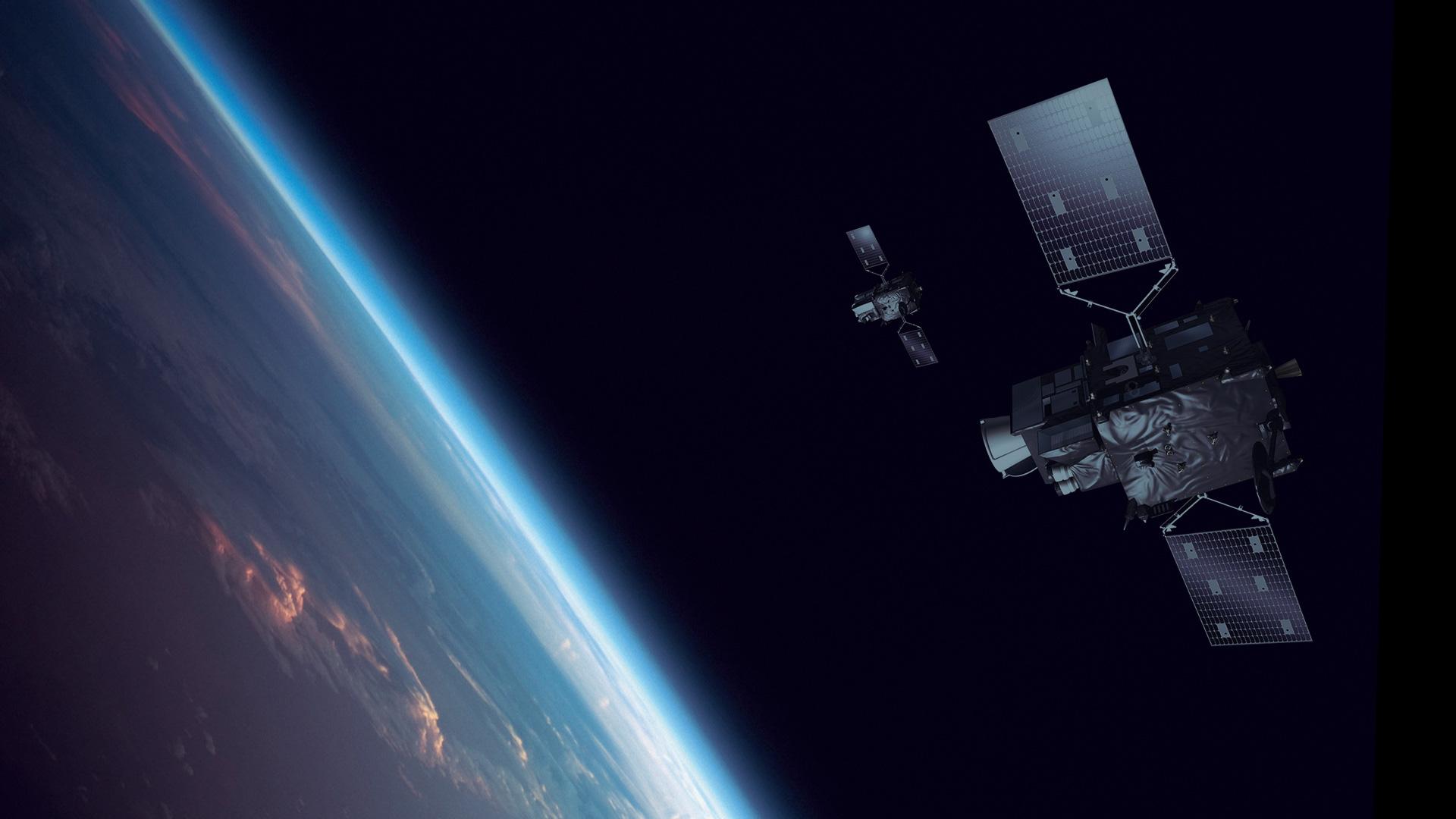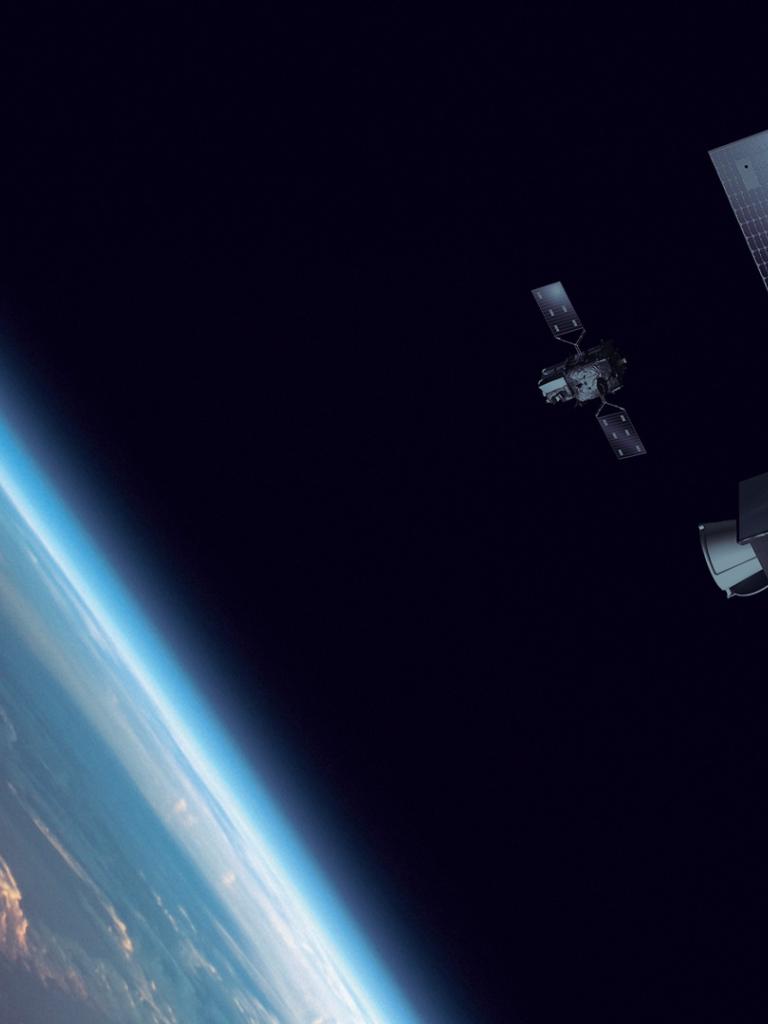28 March 2023
12 July 2019
Generation of proxy datasets for new Earth Observation missions is crucial for testing the ground segment before the launch of new satellites. For most new missions, the generation of representative test data for all instrument’s aspects is a challenging task.
In this study proxy data is generated from the data from current missions with similar characteristics, with the emphasis on the geometrical contents for the Image Navigation and Registration (INR). (1) The precise locations of the coastlines, (2) the projection geometry and spatial sampling of the new instrument, and (3) the spectral values of the data provided by the current operational instruments over the coastlines are taken into account.

Objectives
The objectives of this study are to:
- Implement a configurable tool with the selected proxy data generation technique.
- Generate FCI and IRS proxy observations around known landmarks.
- Assess the quality of the generated datasets for INR and Geometric Quality Assessment (GQA) purposes.
Overview
FCI and IRS proxy observations are generated around known landmarks, based on SEVIRI and IASI data, respectively. These two sensor are spectrally comparable to the proxy data to be built. However, the spatial sampling distance of SEVIRI and IASI data is coarser than the ones of FCI and IRS. Thus, as the generated datasets are dedicated to INR and GQA applications, SEVIRI and IASI data are spatially enhanced in order to locate the landmark coastlines with a high precision on the FCI and IRS observations.
First, SEVIRI or IASI data is interpolated onto the FCI or IRS high resolution grid. Then, a precise coastline database and an iterative median filtering approach are used to spatially enhance the low resolution SEVIRI and IASI data. Moreover, for the generation of IRS proxy observations, IASI spectra are spectrally resampled, cut according to several defined spectral windows, and averaged to build pseudo-channels before the enhancement step.

Figure 2 illustrates a FCI observation over Qatar for the spectral channel VIS-0.6. In addition, the assessment of FCI and IRS proxy observations is performed, with the objective to retrieve introduced sub-pixel offsets. Then, the edges of the observations are enhanced with a Sobel filter and matched with the corresponding landmark coastline extracted from the coastline database.
The assessment is performed for different spectral channels, acquisition times, landmarks, and introduced sub-pixel offsets. For FCI, the mean difference computed between the estimated offsets and the introduced offsets is equal to 0.05 pixel with a standard deviation lower than 0.05 pixel (Figure 3).

Figure 4 presents the results per spectral channel. For IRS, the mean difference computed between the estimated offsets and the introduced offsets is equal to 0.09 pixel with a standard deviation lower than 0.08 pixel for both normal mode and imager mode. The results show that two IRS spectral windows defined at the beginning of the study are suitable for INR and GQA purposes.



